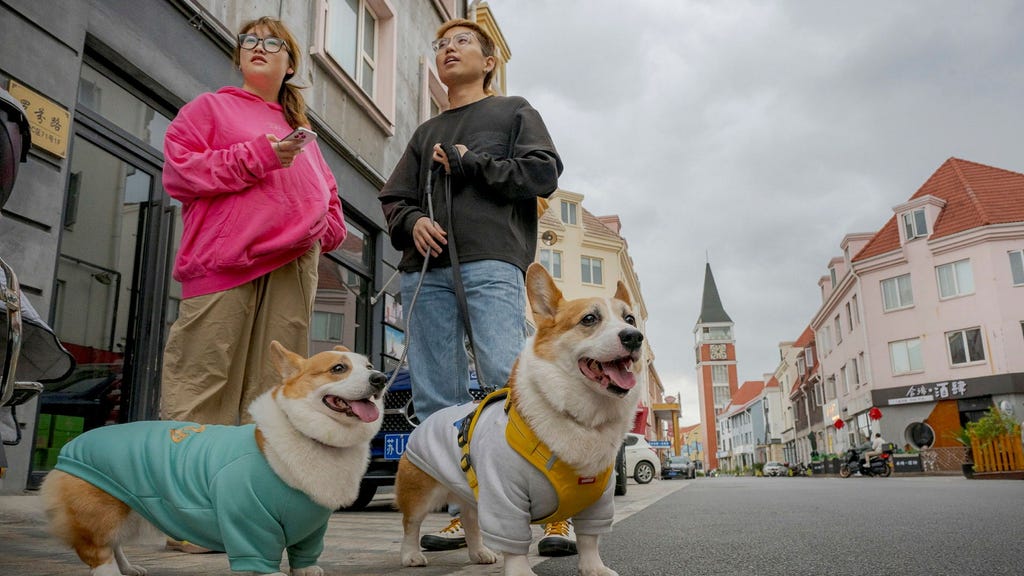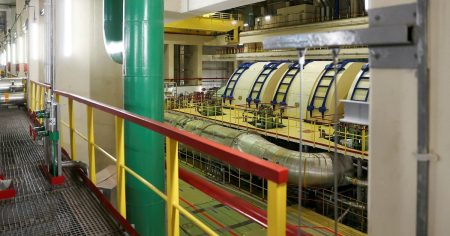Luodian New Town, nestled on the outskirts of the bustling metropolis of Shanghai, presents a striking paradox: a meticulously crafted simulacrum of a quaint Swedish town, complete with low-rise pastel-colored buildings, a prominent clock tower, and an aura of tranquility that seems worlds away from the frenetic energy of its Chinese surroundings. This intentional evocation of Scandinavian charm, situated beside the aptly named artificial Lake Malaren, invites a deeper exploration into the motivations and implications of replicating a foreign aesthetic in a vastly different cultural context.
The deliberate adoption of Swedish architectural styles and urban planning principles in Luodian New Town raises questions about the allure of foreign ideals. Is it simply an aesthetic preference, a desire for the perceived tranquility and orderliness associated with Scandinavian design? Or does it speak to a broader aspiration for a different lifestyle, one perceived as less hectic and more attuned to nature? The very existence of Luodian New Town suggests a fascination with external models of urban development and a willingness to experiment with imported concepts of community living. The careful replication of architectural details, from the pitched roofs and vibrant facades to the landscaping and public spaces, indicates a conscious effort to create an immersive experience, transporting residents and visitors to a simulated version of Sweden.
Beyond the superficial aesthetics, the creation of Luodian New Town prompts a consideration of the cultural implications of such architectural mimicry. Does the importation of a foreign architectural style also imply an adoption of its associated values and social norms? While the physical structures may mirror their Swedish counterparts, the underlying cultural fabric remains distinctly Chinese. This creates a complex interplay between the imported aesthetic and the existing cultural context, raising questions about authenticity, cultural appropriation, and the potential for a hybrid cultural identity to emerge within these manufactured environments.
Furthermore, the development of Luodian New Town reflects the broader trends of urbanization and globalization. As cities expand and become increasingly interconnected, the exchange of architectural styles and urban planning ideas becomes more prevalent. This can lead to the creation of hybrid urban spaces that blend elements from different cultures, challenging traditional notions of architectural identity and creating new forms of urban expression. Luodian New Town serves as a microcosm of this globalized urban landscape, highlighting the complex interplay of local and global influences in shaping the built environment.
The deliberate creation of a Swedish-inspired town on the outskirts of Shanghai also raises questions about the nature of urban planning and the role of manufactured environments in shaping human experience. Is it possible to create a sense of place and community through architectural mimicry? Or does the artificiality of these constructed environments ultimately undermine their ability to foster genuine social connections? The long-term success of Luodian New Town will depend on its ability to cultivate a sense of belonging and identity among its residents, despite the manufactured nature of its surroundings. The challenge lies in creating a community that transcends the superficial aesthetics and embraces the unique cultural context in which it exists.
Ultimately, Luodian New Town stands as a testament to the power of architecture to evoke emotions, shape perceptions, and create a sense of place, even in the most unexpected of contexts. It serves as a fascinating case study in the complexities of cultural exchange, the allure of foreign ideals, and the ongoing evolution of urban landscapes in a globalized world. Whether it ultimately succeeds in fostering a thriving community or remains a curious anomaly in the sprawling urban fabric of Shanghai, Luodian New Town offers a compelling glimpse into the ever-shifting relationship between architecture, culture, and identity.














